This isn’t news to anyone, but sometimes it is nice to realize that—contrary to news headlines—not all the change is bad. In fact, the last decade has seen so much innovation and so many improvements to technology that even 2015 seems like a different world. Internet speeds, connecting with anyone globally (for free), and our ability to reach large groups of people without a middleman is nothing short of revolutionary.
When it comes to technology evolution, this often happens with different iterations. Once a system is mature, there’s a better idea of what we would like to change and improve. We go back to the drawing board, target our creative minds at the issues, and create a new version that has evolved to better meet our needs. The Internet has followed this model since its inception, evolving through three distinct stages. We are only at the cusp of the third stage, called Web 3.0, with technologies such as blockchain and AI only now being capable of supporting it.
A key aspect of Web 3.0 is decentralization, which nearly always involves blockchain. To date, this has been the only way to scale a massive network efficiently and safely. But there aren’t an abundance of social media companies who have a blockchain-based platform. While the big players like Facebook, Instagram, and TikTok have been experimenting with blockchain, it might be impossible to swap out the massive infrastructure running these platforms today with a blockchain-based ecosystem. That would be like wanting to swap out the foundation of a house without the people living there even noticing.
To date, the social media platform Chingari is the only one to succeed in all areas: growth (over 85 million in less than two years), a blockchain-based roadmap, and a vision for a truly decentralized ecosystem.
Is Chingari the best hope for the first truly Web 3.0 social media platform? It’s hard to say. But to really answer the question, it’s helpful to look briefly at the key differences between Web 1.0, 2.0, and 3.0, and then to see if Chingari ticks all the required boxes for a genuine Web 3.0 platform.
Web 1.0 – 2.0 Evolution, SimplifiedThe first iteration of the Internet, later dubbed Web 1.0, spanned from its birth in the 1980’s to around 2005. This version of the internet was marked by static websites (think of a brochure-style Geocities website) and is called the “readible” phase. Information was displayed for others to find, but interactions such as reviews, comments, and feedback were largely absent.
The second state, Web 2.0, is considered the “writable” or “social” phase because of its use of interactive data. A key aspect is the facilitation of interactions between companies and customers, users to users, and communities. This phase is still dominating the internet today, and encourages collaboration, being an active participant, and sharing information. Dominating platforms are those that have a major social aspect, giving users the chance to post their own information and respond to the posts of others.
The Web 3.0 Features and How Chingari Uses ThemIt can seem a little confusing right now because the world is dominated by Web 2.0 platforms, but there are a few pioneers who are using Web 3.0 features to transform their industries. Chingari has a distinct advantage here for a few reasons. As mentioned before, Web 3.0 requires a significantly improved foundation, and that is incredibly hard to change on a platform whose customers don’t accept downtime. Chingari was launched recently enough to see the future Web 3.0 trends and build their foundation accordingly but has grown very quickly to become an established name for Web 3.0 social media. Let’s look at five key Web 3.0 characteristics and how Chingari is using them.
Feature: Open protocols, decentralized approach (blockchain-driven)
While there are ways for a platform to have an open protocol that is decentralized, only blockchain has the ability to scale and provide the necessary security to prevent hacks, takeovers, and other risks. Chingari is built on a roadmap that will lead to an actual DAO, with the staked users helping to govern and decide the platform’s future.
Feature: Built-in business model instead of platform-driven ads (embedded ecosystem)
Instead of the current social media model, where the platform works with advertisers and provides creators with a small percentage, Chingari is designed to connect marketers directly with creators. As the platform grows using the $GARI token, Chingari will benefit as well. However, giving significantly more power to the creators has been a key reason for the platform’s exponential growth, attracting talent and improving the quality of content as creators have a chance to actually earn a living.
Feature: Immersive experience through AI that is intuitive to user preferences, personal, and custom (consolidating content with intelligent algorithms)
This feature can be seen with current Web 2.0 platforms, as this type of feature can be developed as a bolt-on service instead of replacing infrastructure. That said, Chingari’s massive library of content would be impossible to navigate without its AI-driven recommendations and personalized curating algorithms.
Feature: Facilitates strong connections between creators and audiences (user engagement)
This too can be seen by current platforms, but Chingari is using the $GARI token to allow more ways to interact with creators directly. The platform even allows users to commit tokens into a creator pool, which returns dividends if their favorite creators continue to grow in popularity.
Feature: New ways for users to get involved and even take part in governance (smart applications)
This is a broad Web 3.0 feature. In addition to the DAO, the Chingari platform allows its creators to establish their own store, user interaction services, physical/digital/NFT marketplace, and in a very real sense to run their own business within their channel.
ConclusionUntil the major social media platforms find a way to convert their platforms and ecosystems to a blockchain-driven, decentralized business model, Chingari and a handful of others may become the most popular social media platforms globally. Because Web 3.0 is a culmination of those features we have wanted to experience for the evolving internet, these are features that we have collectively stated are important to us. And once users experience a truly decentralized platform and ecosystem, and see just how much it can enhance the creator/user experience, going back to a Web 2.0 platform will seem as antiquated and jarring as stumbling on ancient Geocities site.
&
Image source: Business Standard
You can get bonuses upto $100 FREE BONUS when you:
💰 Install these recommended apps:
💲 SocialGood - 100% Crypto Back on Everyday Shopping
💲 xPortal - The DeFi For The Next Billion
💲 CryptoTab Browser - Lightweight, fast, and ready to mine!
💰 Register on these recommended exchanges:
🟡 Binance🟡 Bitfinex🟡 Bitmart🟡 Bittrex🟡 Bitget
🟡 CoinEx🟡 Crypto.com🟡 Gate.io🟡 Huobi🟡 Kucoin.
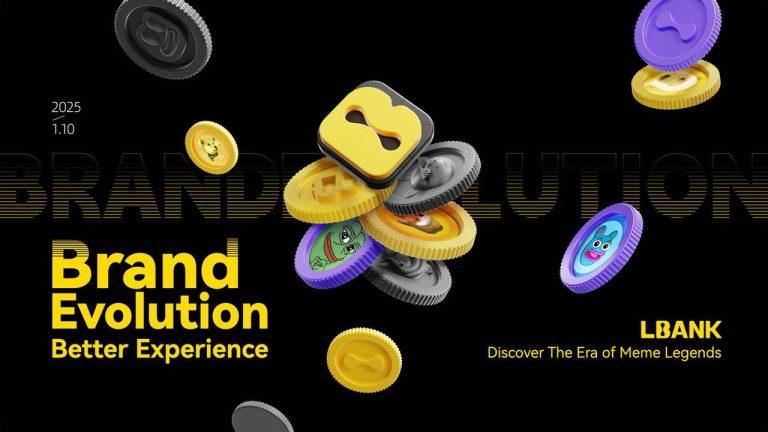
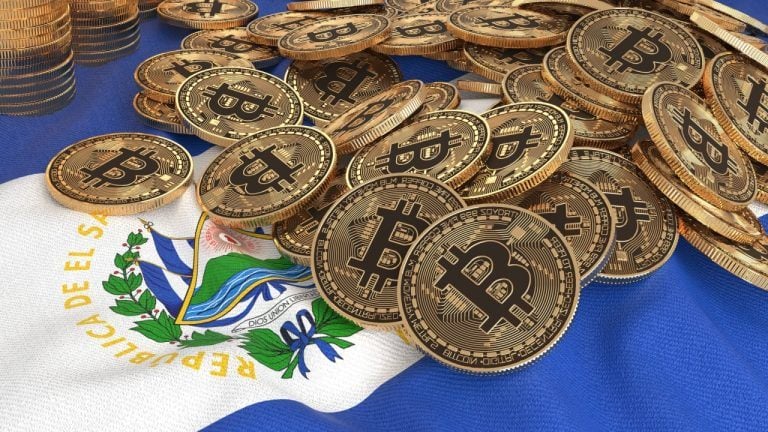






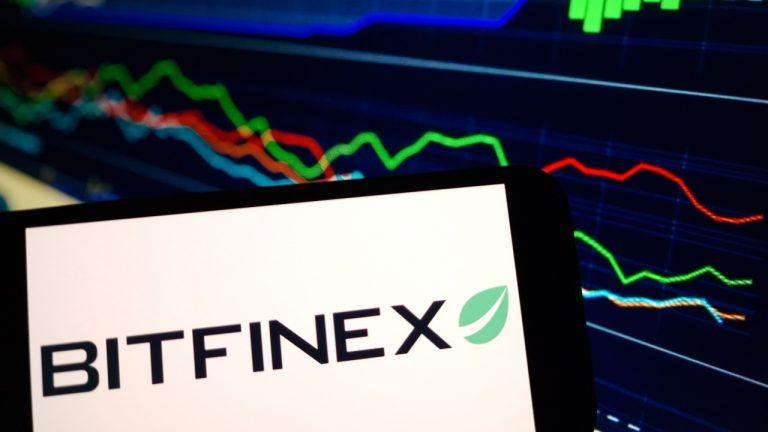

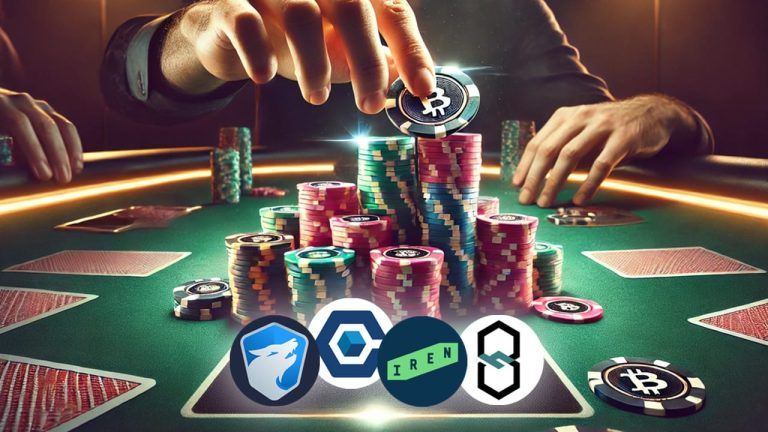
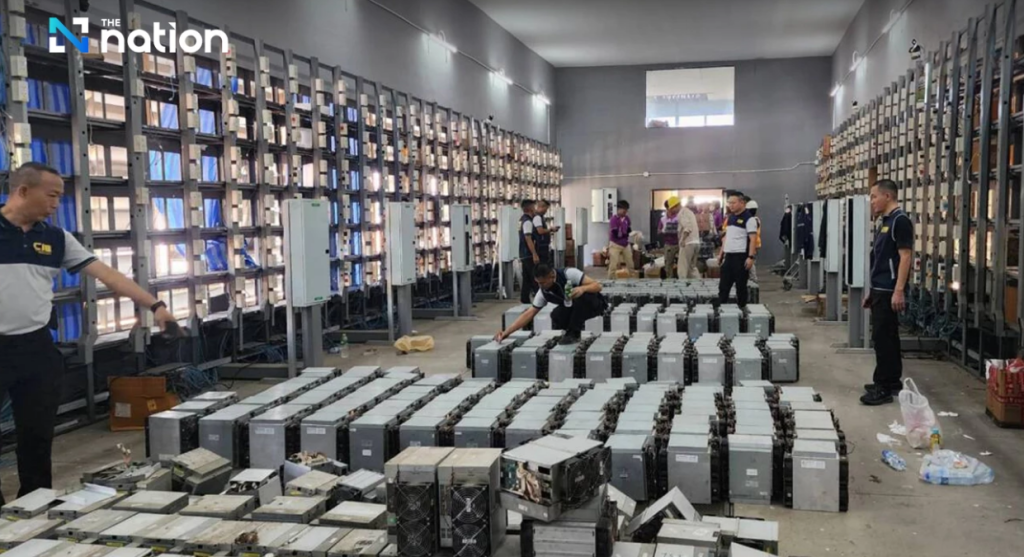



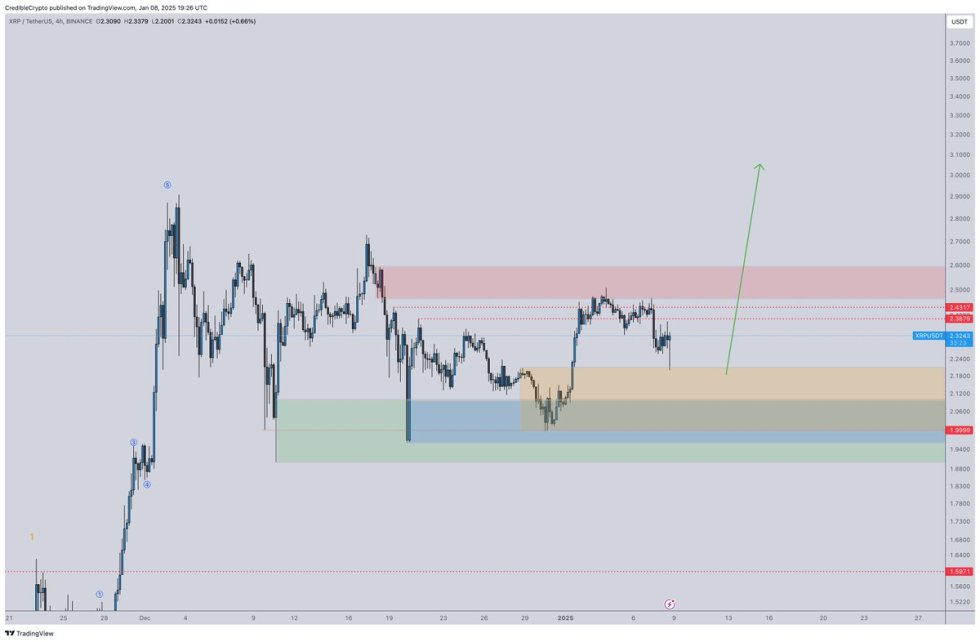



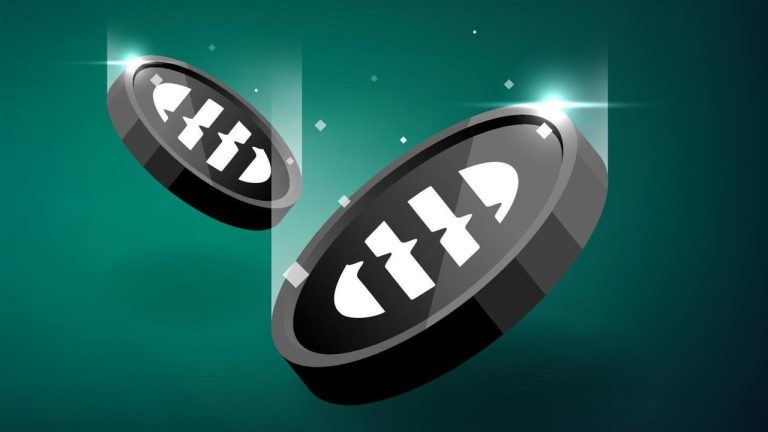
Comments